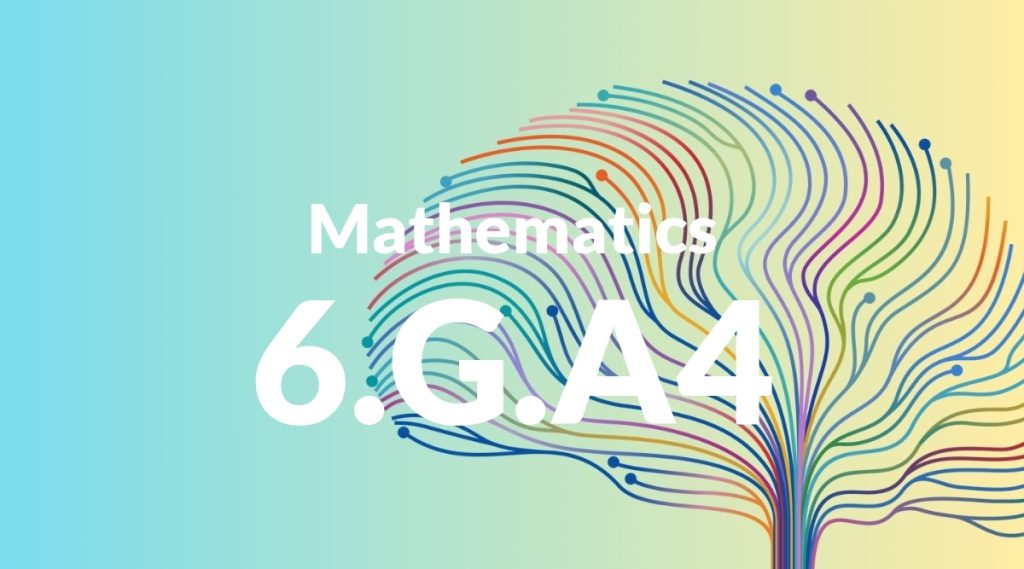Standard: 6.G.A4 – Represent three-dimensional figures using nets made up of rectangles and triangles, and use the nets to find the surface area of these figures. Apply these techniques in the context of solving real-world and mathematical problems.
Grade level: Grade 6
Subject: Mathematics
Domain: Geometry
Teacher Overview
This standard focuses on the ability to represent three-dimensional figures using nets composed of rectangles and triangles, and to calculate the surface area of these figures. This skill is crucial as it provides a foundation for understanding more complex geometric concepts and real-world applications. Students should be comfortable with basic two-dimensional shapes and area calculations. They should also understand multiplication and addition, as these operations are fundamental to finding surface area.
Mastering this standard will prepare students for more advanced geometry topics, such as volume calculation and understanding complex three-dimensional shapes. This knowledge is essential for higher-level math and various real-world applications.
Common Misconception 1
Some students may confuse surface area with volume, thinking they are the same. This misconception arises because both concepts involve measurements of three-dimensional figures, but surface area pertains to the exterior surface while volume measures the space inside.
Intervention 1
To address this, use clear visual aids and hands-on activities that distinctly show the difference between surface area and volume. For example, use a box to demonstrate calculating the surface area by covering it with paper and compare it with filling the box to understand volume.
Common Misconception 2
Another common misconception is the incorrect addition of the areas of the shapes in the net, often due to forgetting to include all faces. This can lead to an incomplete surface area calculation.
Intervention 2
Encourage systematic approaches such as using checklists and step-by-step methods to ensure all faces are accounted for. Visual aids and physical models can also help students keep track of all parts of the net.
Prerequisite Knowledge
Students should understand basic two-dimensional shapes, area calculation for rectangles and triangles, and the concept of surface area. Familiarity with multiplication and addition is also essential.
Subsequent Knowledge
Students will develop skills in understanding more complex three-dimensional shapes, volume calculation, and applying geometric principles to solve advanced real-world problems.
Instructional Activities
- Create and label nets for different three-dimensional shapes.
- Use physical models to explore and calculate surface area.
- Design a package for a product using nets and calculate the material needed.
- Solve real-world problems involving surface area calculations.
- Interactive geometry software to visualize and manipulate nets.




